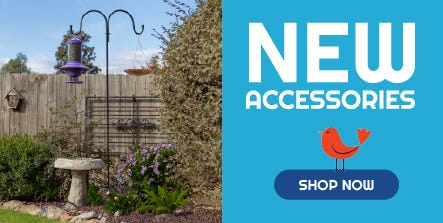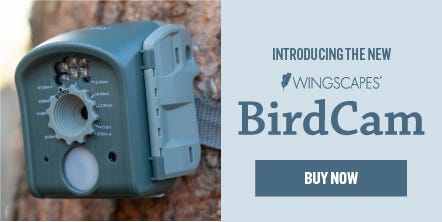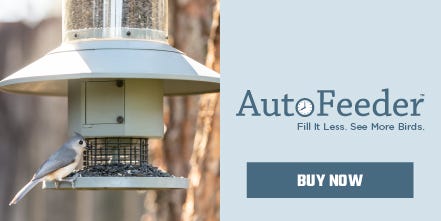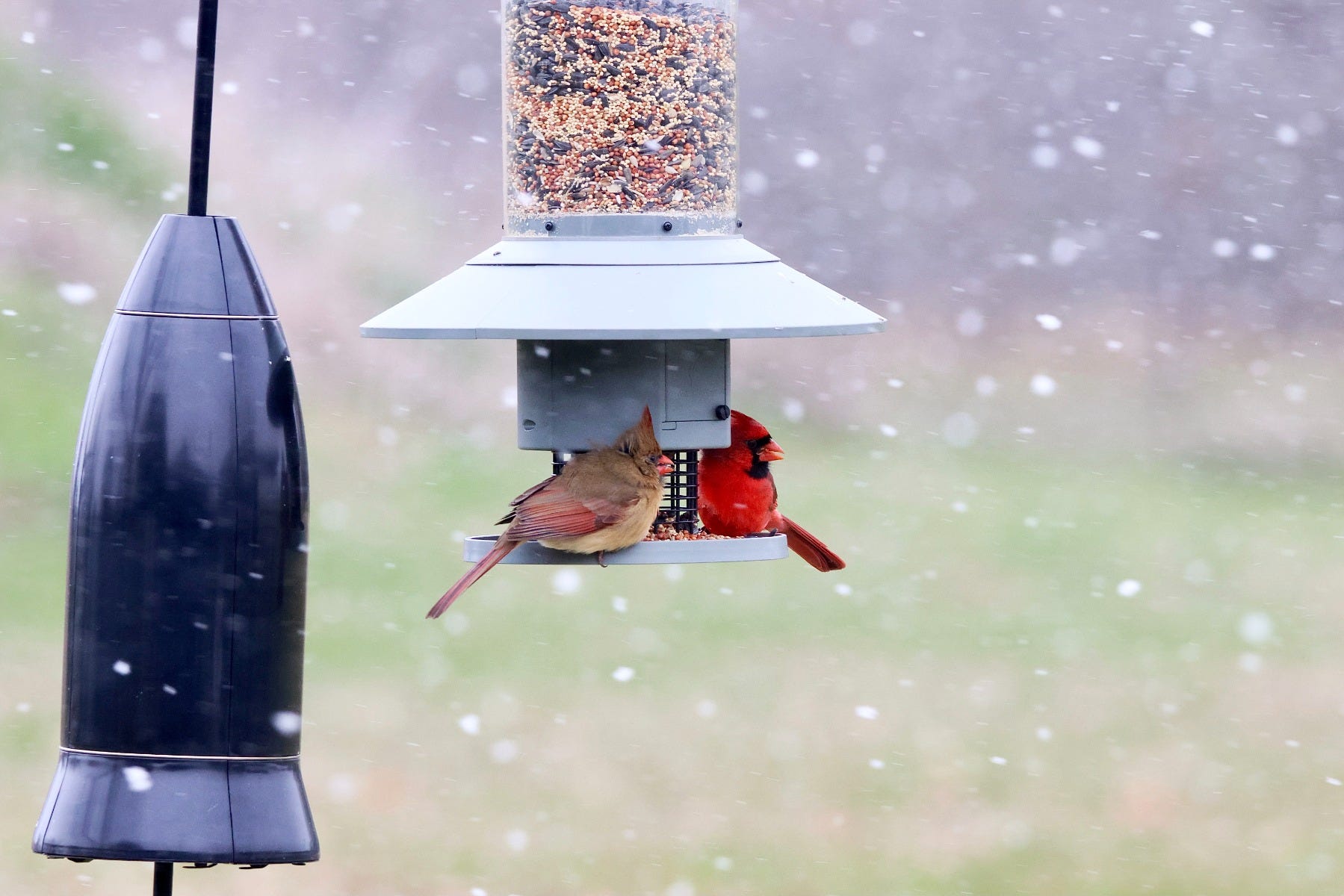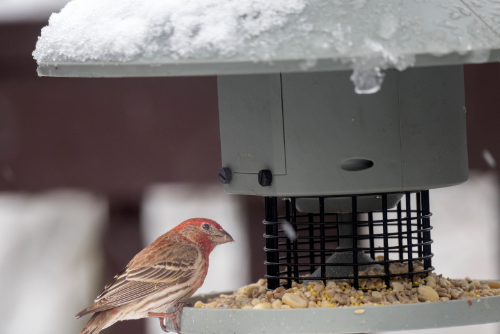- Jun 19, 2023
Bringing Nature Home: Transforming Your Garden into a Wildlife Sanctuary


Gardening can be a rewarding and enjoyable hobby, but did you know that you can also make a positive impact on the environment by creating a wildlife-friendly garden? By providing food, water, shelter, and habitat for native wildlife species, you can help support the biodiversity of your local ecosystem and promote a healthy and sustainable environment. In this blog, we will explore how and why to create a wildlife-friendly garden.
WHY CREATE A WILDLIFE FRIENDLY GARDEN?
- Promote biodiversity: By providing a habitat for native wildlife species, you can help support the biodiversity of your local ecosystem. This can help to ensure the long-term health and sustainability of the environment.
- Control pests naturally: Many native wildlife species, such as birds and insects, can help control garden pests naturally, reducing the need for harmful pesticides and chemicals.
- Create a peaceful sanctuary: A wildlife-friendly garden can provide a peaceful and relaxing sanctuary for both wildlife and humans alike.
HOW TO CREATE A WILDLIFE FRIENDLY GARDEN?
- Provide food sources: Plant native flowers, shrubs, and trees that provide nectar, pollen, berries, and seeds for wildlife. Consider adding an AutoFeeder to help attract any birds in your area. Set the feeding times to your liking and watch the birds learn when their meal is served!
- Create water sources: Provide a water source, such as a birdbath or small pond, to attract wildlife and provide a source of drinking and bathing water.
- Plant for habitat: Include plants that provide cover and nesting sites for wildlife. This can include tall grasses, shrubs, and trees. Check out the TimelapseCam Pro to watch as your garden flourishes! From seed, to bud, to bloom- you won't miss a beat!
- Avoid harmful chemicals: Avoid using harmful pesticides and chemicals in your garden, as these can harm wildlife and disrupt the natural ecosystem.
- Embrace natural garden practices: Practice natural gardening techniques, such as composting and mulching, to promote soil health and reduce waste.
- Learn about local wildlife: Research the native wildlife species in your area and plant accordingly. This can help ensure that your garden provides the appropriate habitat and resources for local wildlife. The BirdCam will become your best friend during this learning process! Using this camera in your garden is an exciting way to capture stunning wildlife pictures. Set up the birdcam in strategic locations, such as near feeders or bird baths, to attract a variety of birds and other wildlife.


Creating a wildlife-friendly garden can be a simple and rewarding way to promote biodiversity, control pests naturally, and create a peaceful sanctuary for both wildlife and humans. By providing food, water, shelter, and habitat for native wildlife species, you can make a positive impact on the environment and promote a healthy and sustainable ecosystem.
So why not give it a try and see how you can create a beautiful and beneficial wildlife-friendly garden in your own backyard?

